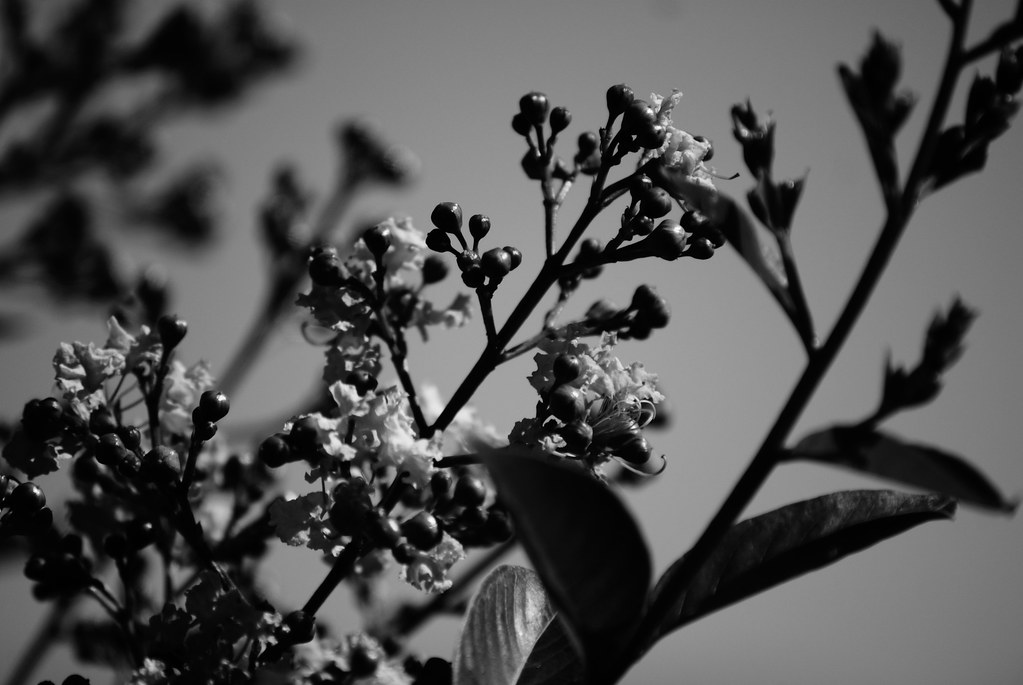Isn't it more vibrant?
IMO it was too "muddy" so I worked a bit on light, shadows and contrasts and at the end a very small amount of sharpening…
Francisco Edited and cropped by Nicolas Claris
Francisco,
Let me tell you that getting Nicolas to comment on someone else's art is hard as he is reserved about another artist's work. This reticence is not selfish or lazy but out of the greatest respect for individuality. So when he gives his view on a pictures build, I take notice!
Yes, he's so right that the process of converting to B&W is way more deserving than just to desaturate. What we do in B&W photography with film is use emulsions that have a particular way of translating tonality and color hues. In real life, we go further than that by adding red, yellow or green filters, for example to bring out certain features preferentially.
We need to do this also when in the digital darkroom starting with the RGB file which tried to be unbiased. Remember the camera has all the smarts of teams of Japanese engineers. They know nothing of your own artistic preference and their job is to please most of the folk out there and with great faithful and saturated pleasing colors. But that's not necessarily right for getting to great B&W!
You however might want to render a brightness of sat 130 on the histogram differently for various. colors. Otherwise, stripes of different colors but the same luminosity might look the same and you would then loose the pattern of a sweater or the markings on a rock. So in Photoshop™, (yes, blow the trumpets and celebrate), you can do this after the fact with photoshop using two layers Hue Sat then Channels (selecting "monochrome") and go back to H/S and assign RGB to different sat, color and brightness. Or else there's a tool in PS CS 4 (probably CS3 too) to allow you to assign CMYK and RGB as you wish to different levels of gray. There are a number of commercially available plugins that claim to do the same or better, emulating the characteristics of many different B&W emulsions. Then you can alter the contrast with curves and mask local areas and really get creative.
Believe it or not, that's what the masters did, spending months sometimes on a single B&W picture many different masks and hand etching or inking of the film! When you go to a museum or a fine art Gallery and become enthralled with a fine B&W silver gelatin or platinum print, there's likely an immense amount of craftsmanship in that one print that stops you in your tracks. Now with the digital medium, why should the needs for reassignment of colors to tonality ranges be any less critical?
So, if one merely removes the color data, one has lost one's leverage over the possibility of reassignment of hues to preferences in tone.
This is why some folk get a film camera and some filters and others get a mistress!
Asher
Jim Galli chose a film camera and I copied him! Check Jim's work! He has one on an angry Chevrolet that you should visit!



